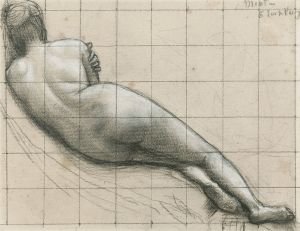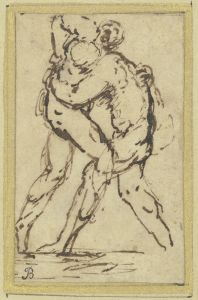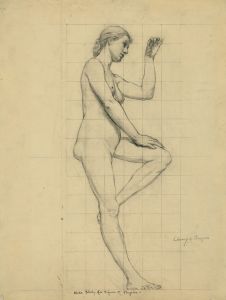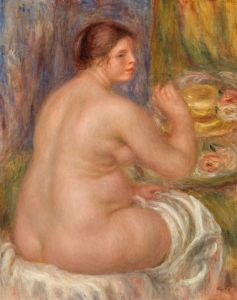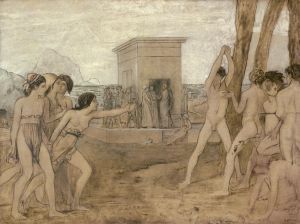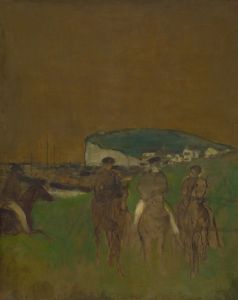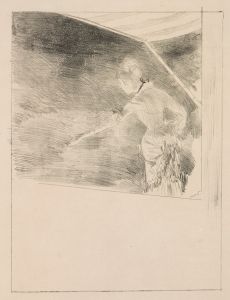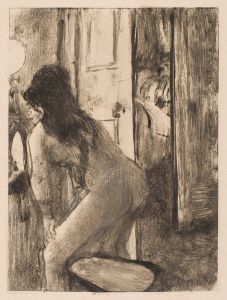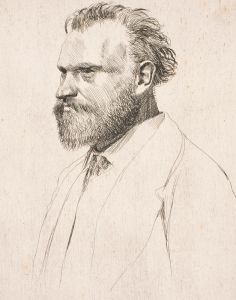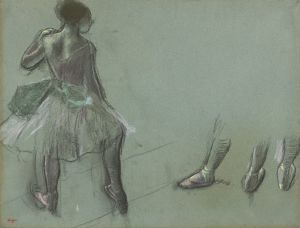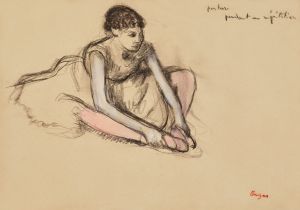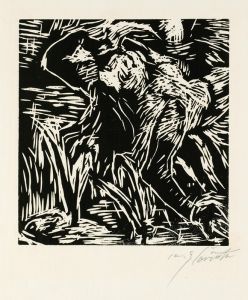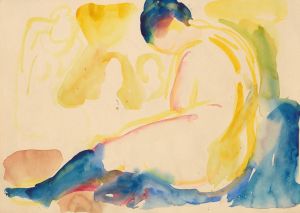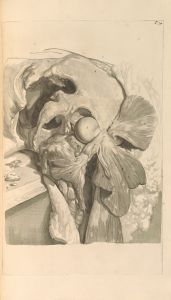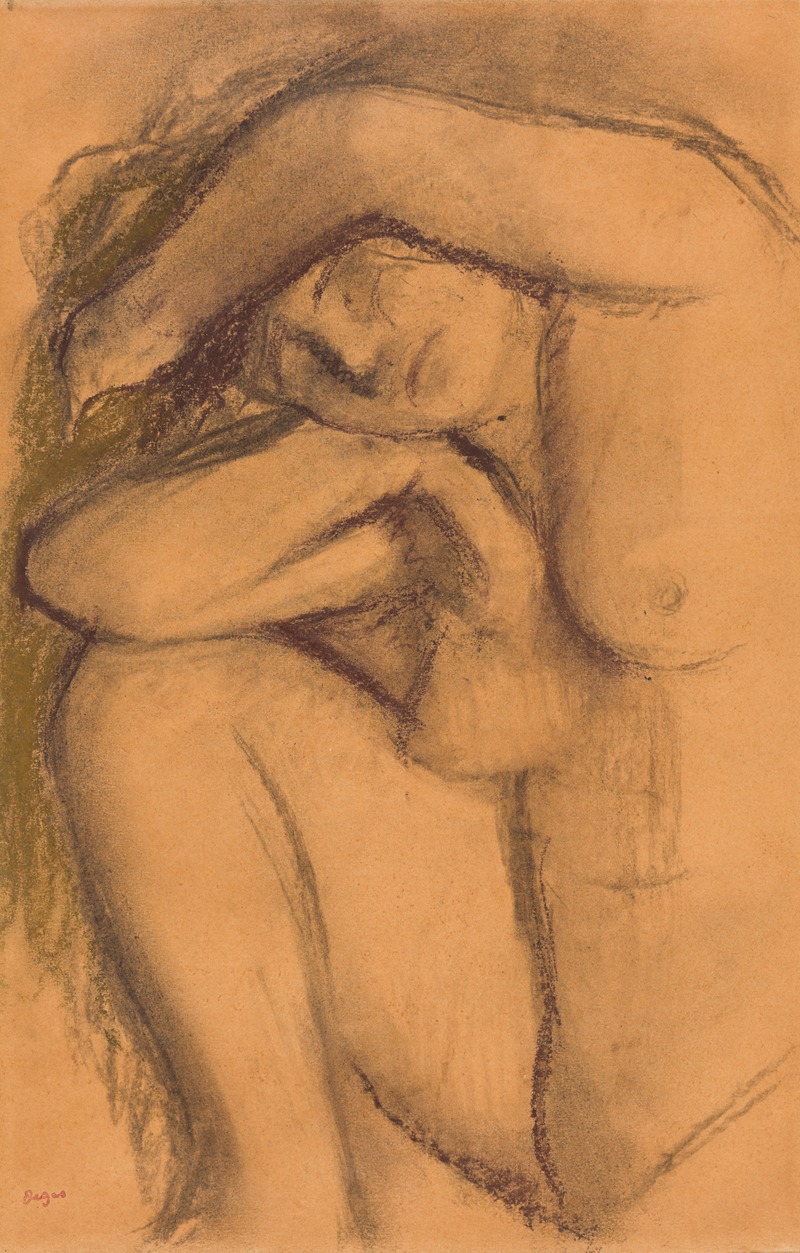
Study of the nude
A hand-painted replica of Edgar Degas’s masterpiece Study of the nude, meticulously crafted by professional artists to capture the true essence of the original. Each piece is created with museum-quality canvas and rare mineral pigments, carefully painted by experienced artists with delicate brushstrokes and rich, layered colors to perfectly recreate the texture of the original artwork. Unlike machine-printed reproductions, this hand-painted version brings the painting to life, infused with the artist’s emotions and skill in every stroke. Whether for personal collection or home decoration, it instantly elevates the artistic atmosphere of any space.
Edgar Degas, a prominent French artist associated with the Impressionist movement, is renowned for his masterful depiction of the human form, particularly through his studies of the nude. While Degas is widely recognized for his paintings of ballet dancers, his exploration of the nude is a significant aspect of his oeuvre, reflecting his deep interest in the human body and movement.
Degas's approach to the nude was both innovative and traditional. He was deeply influenced by classical art and the works of the Old Masters, yet he sought to capture the human form in a way that was modern and reflective of contemporary life. His studies of the nude often focused on the female form, depicted in various poses and activities, ranging from bathing to simply resting. These works are characterized by their attention to detail, dynamic compositions, and a keen observation of the subtleties of human anatomy.
One of the defining features of Degas's studies of the nude is his use of unconventional perspectives and compositions. He frequently employed unusual angles and cropped views, which gave his works a sense of immediacy and intimacy. This approach was part of his broader interest in capturing fleeting moments and the essence of movement, a hallmark of the Impressionist movement.
Degas's technique in rendering the nude was meticulous and varied. He often used pastels, a medium that allowed him to achieve a rich texture and vibrant color palette. His pastels are noted for their soft, velvety finish and the way they capture the play of light on the skin. In addition to pastels, Degas also worked with oil paints, charcoal, and pencil, each medium offering different possibilities for exploring form and texture.
The subject matter of Degas's nude studies often reflects a candid, unidealized view of the human body. Unlike many of his contemporaries who idealized the nude, Degas presented his subjects in natural, everyday settings. This approach was sometimes controversial, as it challenged traditional notions of beauty and propriety in art. However, it also marked a shift towards a more realistic and honest portrayal of the human form.
Degas's studies of the nude were not just limited to finished works; he also produced numerous sketches and preparatory drawings. These studies reveal his process of observation and experimentation, as he sought to understand the complexities of human anatomy and movement. His sketches often capture the spontaneity and fluidity of the human form, serving as a testament to his skill as a draftsman.
Throughout his career, Degas's exploration of the nude remained a central theme, reflecting his enduring fascination with the human body and its expressive potential. His works continue to be celebrated for their technical mastery and their ability to convey the beauty and complexity of the human form. Today, Degas's studies of the nude are regarded as some of the most important contributions to the genre, influencing generations of artists who followed.





